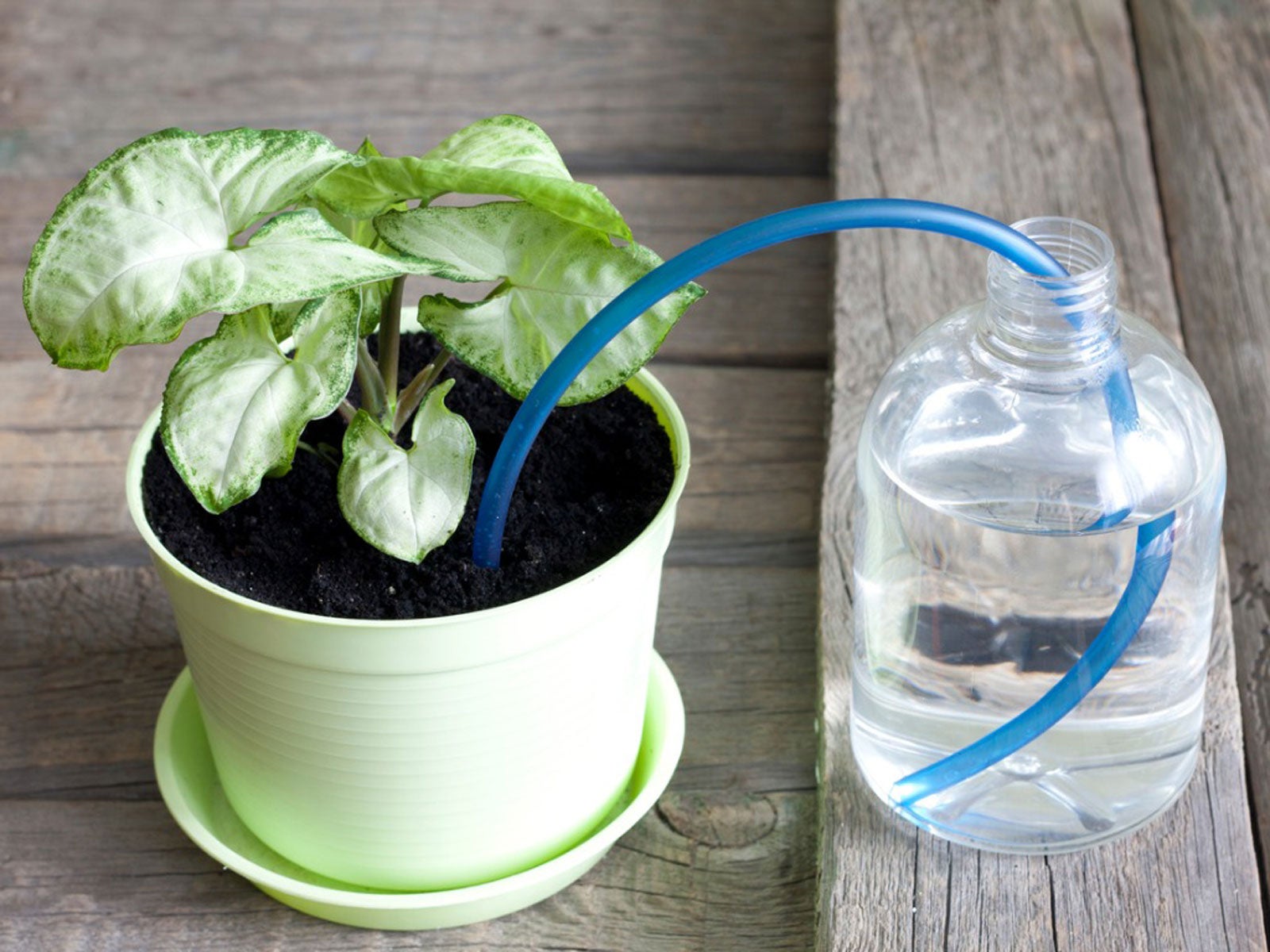Installing a self-watering system for your outdoor plants is a great way to reduce maintenance while keeping your garden thriving. With so many options available, it can be tricky to determine which system is best for your needs. Here are some tips for selecting the ideal self-watering method for your outdoor plants:
Assess Your Plant Types
Consider the types of plants you want to water Are they annuals, perennials, vegetables, shrubs or trees? Their water needs can vary greatly. For example, vegetables and annual flowers require consistent moisture so a drip irrigation system may work best. Succulents and cacti need water less frequently, so a timed drip system or olla clay pots suit them better Know your plant types before shopping for a system.
Evaluate Your Climate
Your climate plays a key role in determining the right watering system. In hot arid regions look for systems that water deeply and efficiently. Cool, humid climates need systems providing moderate water. Container plants dry out faster than in-ground plants, necessitating more frequent watering. Choose equipment that aligns with your environment.
Consider Your Space
Evaluate the size and layout of your outdoor space. Is it a small patio or a sprawling multi-acre property? How far away is the water source? Can equipment be concealed or does visibility matter? Measure distances to determine tubing/pipe needs. A large property may need zones of irrigation versus one system. let your space guide the scale and scope of the system.
Compare Self-Watering Methods
Here are some top options to consider:
-
Drip irrigation – Emitters or tubing applied at the root zone slowly release water. Easy to install, customize and automate. Good for any garden.
-
Olla clay pots – Unglazed terracotta pots buried near plants. Water seeps through porous clay as needed. Low-tech and versatile option.
-
Wicking beds – Absorbent mats connected to a water reservoir transfer moisture through capillary action. Passive and affordable choice.
-
Timer systems – Attach a garden hose to a digital timer that turns water on/off automatically per schedule. Simple to set up.
-
Underground reservoirs – Gravel-lined trenches or pipes store water below ground. Plants draw water up via roots. Requires excavation.
-
Self-watering pots – Built-in reservoirs in container planters water from bottom-up when soil is dry. Low maintenance.
Monitor Efficiency
Once installed, observe your system in action. Are plants receiving adequate water consistently? Does it operate on the intended schedule? Make adjustments as needed. No system is entirely “set-and-forget”- periodic maintenance is required. Automated systems still need occasional human oversight.
Provide Backup Support
Even reliable self-watering systems can fail at times. Provide a secondary manual watering method as backup if your system malfunctions. Simple soaker hoses, sprinklers on a timer or routine hand watering can prevent disaster if your main system goes down. Don’t leave plants stranded without a Plan B for watering.
Choosing the optimal self-watering system for your garden takes research and planning. Start by understanding your plants’ needs, climate, and space constraints. Weigh different equipment options for efficiency, cost and convenience. Monitor regularly and have a backup watering plan in place. With smart prep work, you can install an automated system to make plant care easy even when you’re away.
TOP 5 Best Automatic Watering System for Potted Plants 2023
FAQ
Are self watering pots good for outdoor plants?
How do you water outdoor plants while on vacation?
How to automatically water outdoor potted plants?
- A Complete Guide to Caring for Yuki Cherry Blossom Shrub - January 23, 2025
- Identifying Red Hot Poker Seeds: What to Look For When Harvesting Torch Lily Pods - January 23, 2025
- A Complete Guide to Harvesting Evening Primrose Seeds - January 23, 2025

